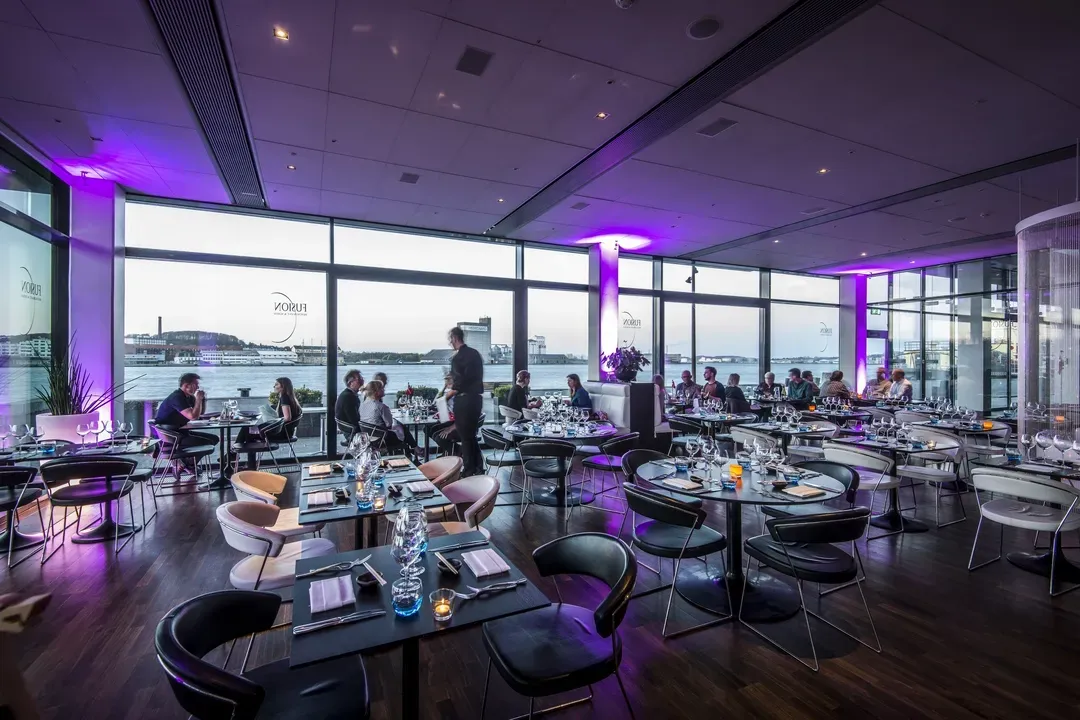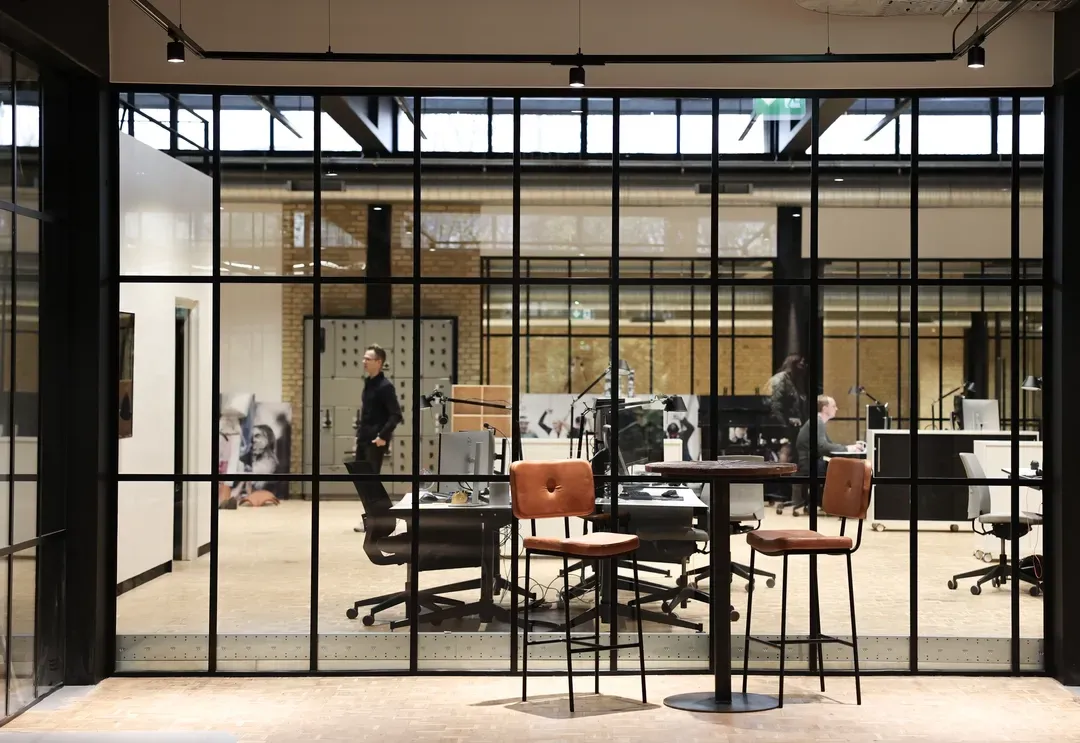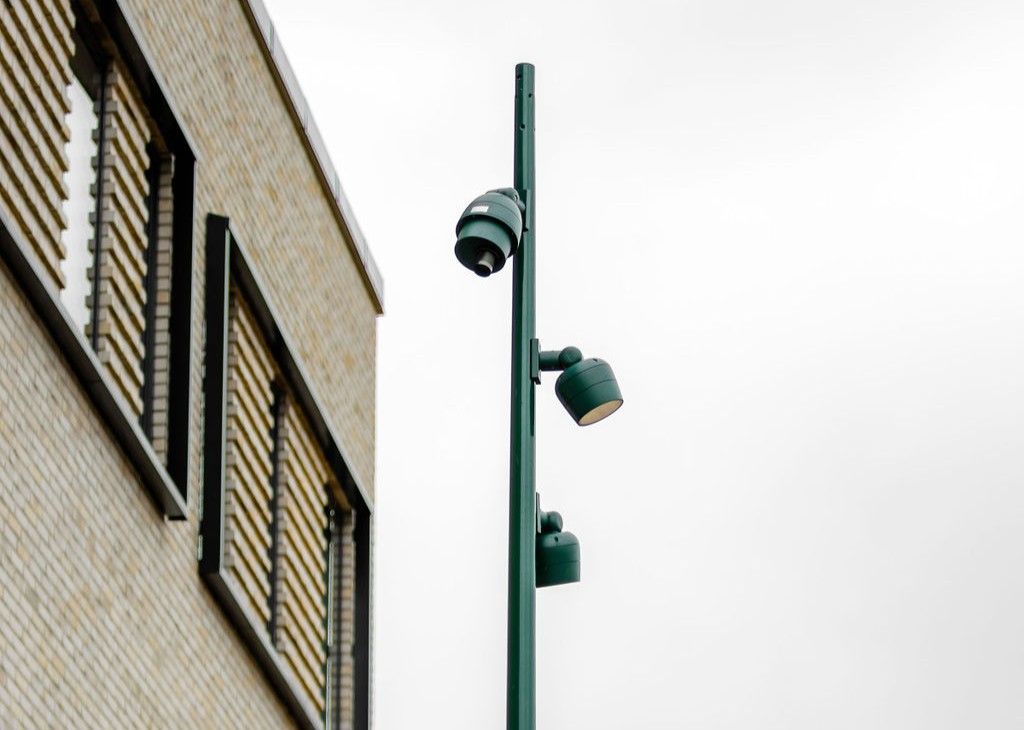GUIDE TO LIGHT
LIGHTING FOR RESTAURANT AND HOTEL

Why is lighting for restaurants and hotels so important?
Lighting is not just about illuminating a room. It affects the mood, functionality, and guest experience. Here are some of the most important reasons to prioritize proper lighting:
- Mood and atmosphere:
Lighting can create a cozy and luxurious atmosphere in restaurants and hotels that invites relaxation and enjoyment. - Presentation:
Good lighting highlights details in interiors, architecture, and food presentation. - Functionality:
Functional lighting in kitchens, reception areas and hallways ensures that employees can perform their work efficiently and safely. - Energy efficiency:
Modern LED lighting reduces energy costs and contributes to sustainability.
Lighting areas in restaurants and hotels
1. Restaurants
Restaurants require lighting that can create a balance between aesthetics and functionality:
- Dining area:
Dimmable lighting provides the flexibility to adjust the mood based on the time of day and special events. Pendant lights above the tables create an intimate atmosphere, while indirect lighting highlights the design of the space. - Bar area:
LED strips and spotlights can be used to highlight the bar's details and give it a modern look. - Kitchen:
Kitchens require powerful and uniform lighting with high color rendering (CRI) to ensure precision and efficiency during cooking.
2. Hotels
Hotels have different areas with unique lighting needs:
- Lobby and reception:
The reception area is the first place guests meet. A combination of decorative chandeliers and indirect lighting creates a welcoming and exclusive atmosphere. - Rooms:
Guests appreciate flexible lighting. Use dimmable lamps, bedside lamps, and LED strips at the headboard to offer both functionality and comfort. - Outdoor areas:
Facade lighting and path lighting with LED lights can make the hotel more inviting while improving safety. - Conference and meeting rooms:
Adjustable lighting ensures that the rooms can be adapted to different events.
Tips for Choosing Lighting
1. Choose the right color temperature:
Color temperature is measured in Kelvin (K) and affects the mood:
- Warm light (2700-3000 K): Perfect for creating coziness in dining areas and hotel rooms.
- Neutral light (3500-4500 K): Ideal for receptions and lobby areas.
- Cold light (5000 K and higher): Suitable for kitchens and work areas.
2. Use energy-efficient LED lighting:
LED lighting is the most energy-efficient choice. It reduces energy costs and has a long lifespan, meaning fewer replacements.
3. Dimmable lighting:
Dimmable LED lights offer flexibility and the ability to adjust brightness based on the time of day and mood.
4. Focus on details:
Decorative lamps and spotlights can be used to highlight key elements such as architecture, artwork, or food presentation.
5. Intelligent control systems:
Consider automated systems that can control brightness and color temperature to optimize energy consumption and functionality.
Light Up Your Restaurant or Hotel with Style
Lighting is an investment in the guest experience and the success of your business. Whether you want to create a cozy atmosphere in your restaurant or an exclusive environment in your hotel, modern LED solutions can help you achieve your goals.
Contact us today for help designing and implementing lighting that will elevate your restaurant or hotel to new heights. We offer tailor-made solutions that combine aesthetics, functionality and sustainability.
How Lighting Affects the Guest Experience
The right lighting can make a big difference in the guest experience:
- In restaurants:
Good lighting can make food look more appealing and improve the overall experience for guests. - In hotels:
Flexible and sophisticated lighting gives guests a sense of luxury and comfort.
Implementation of Lighting Solutions
1. Start with a lighting plan:
Identify key areas in the restaurant or hotel and assess their specific lighting needs.
2. Choose the right products:
Make sure the lighting matches the function and mood of the room. Choose products with high energy efficiency and good color rendering.
3. Work with professionals:
A professional lighting designer can help create a solution that meets all requirements for functionality and aesthetics.
Our team consists of a lighting designer and lighting estimator who are ready to help.
ALSO READ SOME OF OUR OTHER GUIDES





